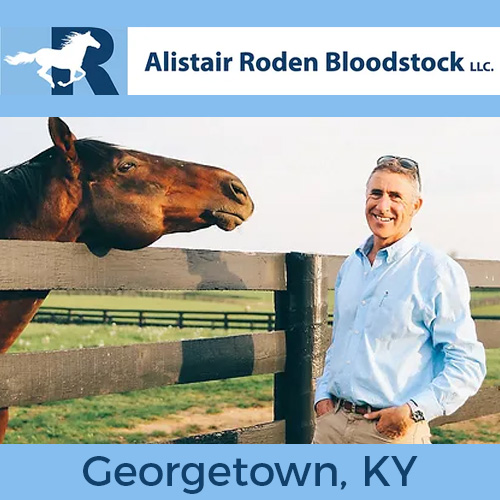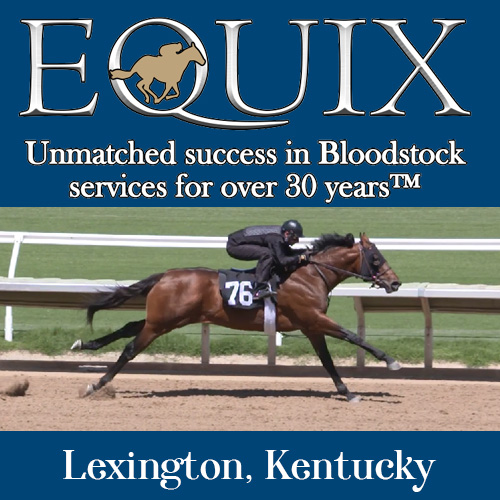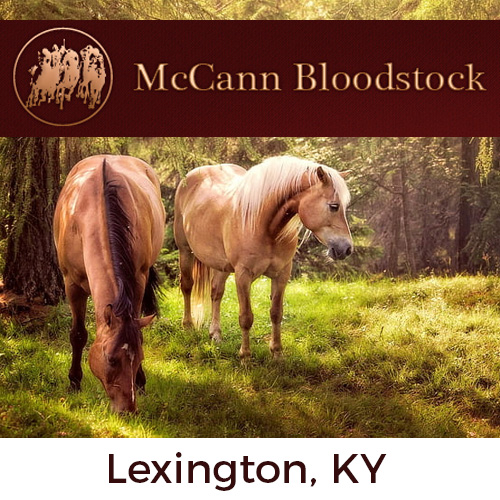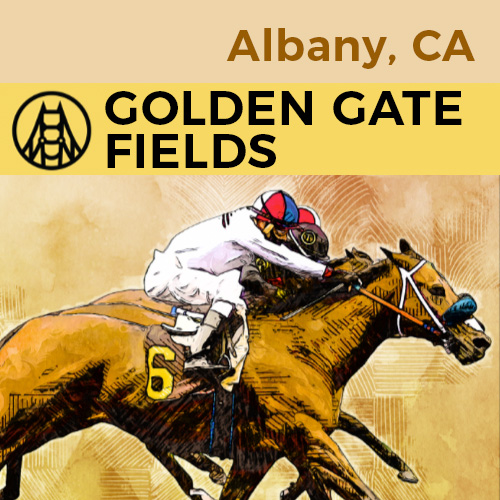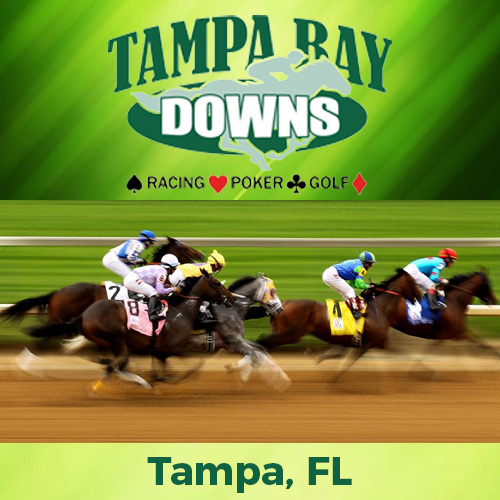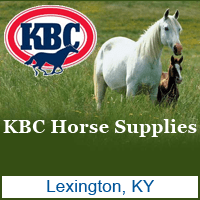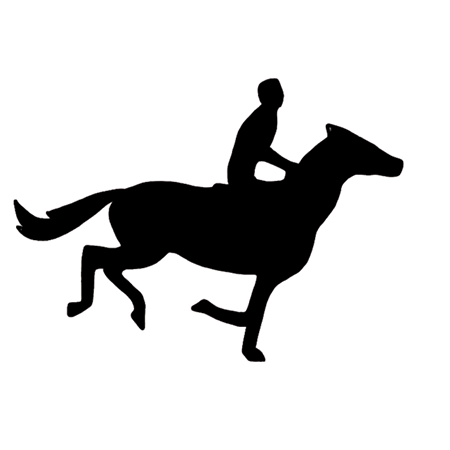Stud Notes: A Change in the Usual Suspects
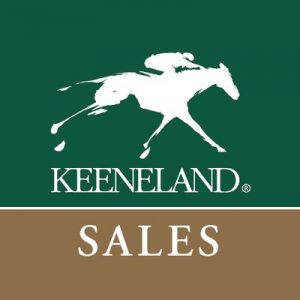 The 2018 Keeneland September Sale represented change in more ways than the obvious maximizing of book one to four days, the entire first week of the sale, in reality putting book one and book two together, shortening the number of entries sold per day, and even beginning the sale at one o’clock because of the torrential rain in the weekend preceding the sale, which inhibited buyers’ ability to examine the select yearlings. It would appear that 2018 reveals a shift in the tectonic plates of the yearling market, with new stars emerging and energizing both the averages and the total amount of receipts to Keeneland. There would seem to be a belief in the future of thoroughbred racing once more.
The 2018 Keeneland September Sale represented change in more ways than the obvious maximizing of book one to four days, the entire first week of the sale, in reality putting book one and book two together, shortening the number of entries sold per day, and even beginning the sale at one o’clock because of the torrential rain in the weekend preceding the sale, which inhibited buyers’ ability to examine the select yearlings. It would appear that 2018 reveals a shift in the tectonic plates of the yearling market, with new stars emerging and energizing both the averages and the total amount of receipts to Keeneland. There would seem to be a belief in the future of thoroughbred racing once more.
First, we need to examine the book one results from last year’s September sale. The top ten sires, by receipts accrued, were utterly predictable: Tapit, War Front, Medaglia d’Oro, Pioneer of the Nile, Scat Daddy, Speightstown, Candy Ride, Giant’s Causeway, Hard Spun, and Kitten’s Joy. Not a single freshman sire appeared among them—there was no new sire igniting the hopes and dreams of buyers with promises of potential. The list really did represent all the usual suspects. Scat Daddy had died, so this was his ultimate crop. Hard Spun was the youngest sire on the top ten list, and seemed an anomaly though his yearlings looked the part, even if his production didn’t entirely support his inclusion in this elite company. Uncle Mo, advertised as “the hottest young sire on the planet,” still had naysayers and disbelievers—could a son of Indian Charlie really be a top sire, or was he a flash in the pan? Anyone who had seen him would surely become a believer, as he exemplifies studly handsomeness, in size, musculature, gaze. He knocks your eyes out. But still—Indian Charlie?
2018’s book one shook everything up. The leading sire was Medaglia d’Oro, selling 31 yearlings for an average of $625,645, for a total of over $19 million dollars. Some of this was due to Godolphin’s unwavering support of their star stallion, but the rest of the market seemed to agree, and bidding competition was fierce for the top lots by Medaglia d’Oro. But second on the list was the stuff dreams are made of: American Pharoah, with his first crop of yearlings, with 37 selling, for an average of $466, 757, for a total of over $17 million. Perhaps because it’s been so long since we had a triple crown winner, but as an inveterate student of yearling sales, I can’t remember a year when a freshman sire cracked the top ten, let alone made it to second place.
In third was the abovementioned Uncle Mo, finally getting his just rewards for his achievemenst as a sire. 40 of his yearlings sold, for an average of just over $422,000, and an average of $16,890,000. His top lots have routinely sold well at two-year-old in training sales, where they work fast, but trickle down economics has finally worked with his yearlings. In fourth place was last year’s first place stallion, Tapit. It’s hard to explain why this fall from grace occurred—was this crop simply not as good as previous ones, or was there too much competition from other stallions in the marketplace?
The real stand out, in terms of average, was War Front—everyone wanted one, or two, or even three. His 18 yearlings sold averaged $782,400, for a total of over $14 million dollars, and bidding seemed fiercest for those War Front offspring the market deemed perfect. Coolmore’s unwavering support of the offspring of this stallion was challenged by Godolphin, Larry Best, Phoenix, and other big buyers.
Now for the deserving newcomers to the top ten list: Curlin and Into Mischief, who both had breakthrough years as stallions, and deserved their new superstardom in the yearling market. They displaced Speightstown and Candy Ride, and even old faithful (now deceased) Giant’s Causeway. Pioneer of the Nile was next, having dropped a few notches from his fourth place finish in yearling sales last year (partially due to the popularity of his triple crown winning son), and then more surprises: Quality Road, a superstar in the making, at ninth, and Empire Maker, with his first crop after his return from Japan, in tenth place. I must mention that in eleventh place came my previously accoladed Honor Code, whose first day surge continued throughout book one.
The strength and health of the yearling market, though we remain at the very top of the market and haven’t descended into the much more problematic middle and lower market, cannot be disputed. The fact that young stallions are climbing up the list at the top indicates a buoyancy and a belief in the future that will undoubtedly continue at least through book two. Then the strength of the market will reveal its true self, when the top stallions’ offspring give way to the get of others. There will no doubt be some surprises, and I, for one, can’t wait to see them. It is wonderful, however, to see young blood being appreciated, and a variety of blood—the A.P. Indy line, the Storm Cat line, the Danzig line, the Unbridled line, the Mr. Prospector line, and yes, even Indian Charlie—giving the market breadth and depth.
-- Roberta Smoodin
Penrod Lumber And Fence Company
http://www.penrodfence.com/

